PSY 324 Exam 1
1/47
There's no tags or description
Looks like no tags are added yet.
Name | Mastery | Learn | Test | Matching | Spaced |
|---|
No study sessions yet.
48 Terms
Behaviorism
only objective, observable phenomena should play part in psych research, mind is “black box” and should be left out
Behaviorism critiques
behaviorists sometimes attributed internal capacities entirely to external behaviors, e.g. what is “blocking” if not mental process? Filled the gap with something, it didn’t always make sense
Behaviorists
John Watson: behavior itself objective and should be the primary agenda of psych
B.F. Skinner: behavioral science concerned with
describing patterns of reinforcement and behavior
Associative learning
adaptations to behavior driven by relationships observed in environment between stimuli
Operant conditioning
associated with B.F. Skinner, learning driven by reinforcement “operant”, in that learner “operates” on environment to produce an effect (receive a reward)
Factors encouraging emergence of cognitive approach
information theory, computing technology (Turing machine)
Information theory
communication researchers led by C.E. Shannon dev. communication theories, Communication = transmission of “information” across channels (e.g. radios, telegrams, humans); cognition in terms of info processing, abstract processes rather than observable behavior
Introspectionism
ppl could be trained to accurately analyze components of own thoughts, e.g. studied the accompaniment (or non) of images to specific thoughts
Introspectionism critiques
no room for unconscious influences on thought and behavior (Helmholtz and Freud); ppl’s ability to understand their own thoughts very limited and hard to measure
Noam Chomsky (and critique of B.F. Skinner's Verbal Behavior)
VB 1957 book by Skinner, primary objective to provide a hypothesis about nature of language acquisition within behaviorist framework - operant conditioning
Skinner’s VB assertions
Stimulus control – Skinner asserted VB under control of stimulus, e.g. if one bites into a cookie and then says “this is delicious”, under control stimulus (tastiness) in cookie
Noam Chomsky critique of B.F. Skinner
Chomsky: what about proper nouns?, e.g. “Eisenhower” or “Moscow” - how can you utter terms w/o being stimulated by them? What is the control?
Chomsky sees no explanation for what differentiates response strength and protests that no behaviorist experimentation had supported vague claim of action-in-the-past
Operant conditioning
learning driven by reinforcement is “operant”, learner “operates” on environment to produce an effect (receive a reward); association
Turing Machines (meaning to cognitive science)
showed that a physical system can process info to carry out a computation, the human nervous system is also a physical system and seems capable of computations too
2015 Open Science Collaboration
of 100 og studies, 97% significant, 36% in replication attempts; og avg effect size 0.403, 0.197 in replication
Social: 14 of 55 (25.45%)
Cognitive: 21 of 42 (50%)
Computational models
complex or advanced algorithms or simulations that often require computer resources, e.g. mathematical models
Marr's three levels of analysis
Level I: Computational theory - can we describe what is happening and why it is happening?
Level II: representation and algorithm - by what abstract process is theory of level I implemented?
Level III: Hardware implementation - what is physical realization of this process in the world?
Mathematical models
describes phenomenon with mathematical or logical expression
Objective and subjective variables
objective: not subject to or dependent upon perspectives of ppl
subjective: dependent on perspectives of ppl, e.g. mood, judgments, pain
Replication
findings of study must be replicable, if one researcher makes discovery but no one can come to same conclusion with same methods, can we be confident that discovery is true?
Visual models
often represented w/flow displays and diagrams, flowchart provides theoretical explanation for a system, may use mathematical or computational model
Depth cues (monocular)
interposition, linear perspective, relative size, size constancy, texture gradients, and motion parallax
Interposition
when one object ‘A’ interrupts form of another object ‘B’, ‘A’ is perceived to be in front of ‘B’
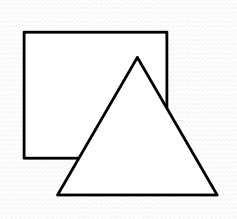
Linear perspective
as straight lines gradually converge, they may be perceived as parallel; greater distance at convergence

Relative size
objects appearing to be different sizes perceived to be same size but at different distances
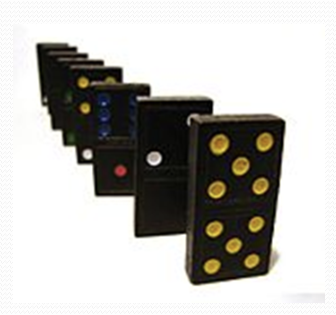
Size constancy
as object moves further away and retinal image becomes smaller, observers perceive it to be same size throughout
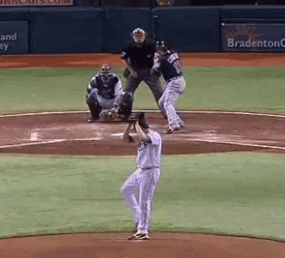
Texture gradients
distant objects appear more “packed” than close objects

Motion parallax
when in motion, observer can distinguish distance by the “speed” of other objects in view, nearby objects seem to move faster than distant objects
Depth cues (binocular)
stereopsis/retinal disparity and convergence
Stereopsis/retinal disparity
stereopsis/retinal disparity involve ability to use distance between the eyes as “geometric” basis for determining distance; each eye is receiving slightly different info, and we get rich perceptual interpretation of depth based on that
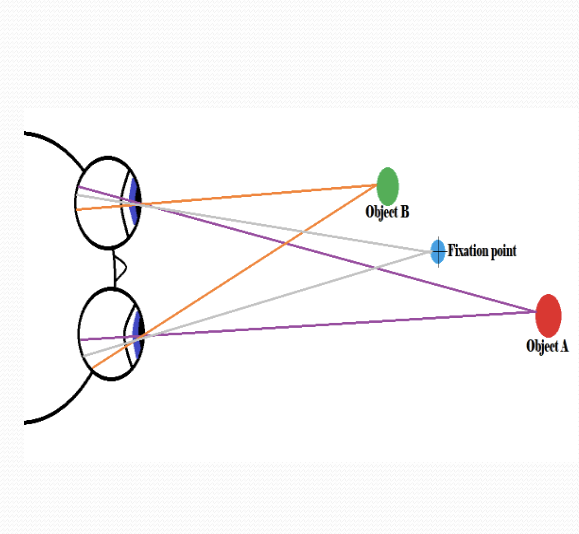
Convergence
angle formed between a stimulus and both eyes impacts our impression of its distance from self
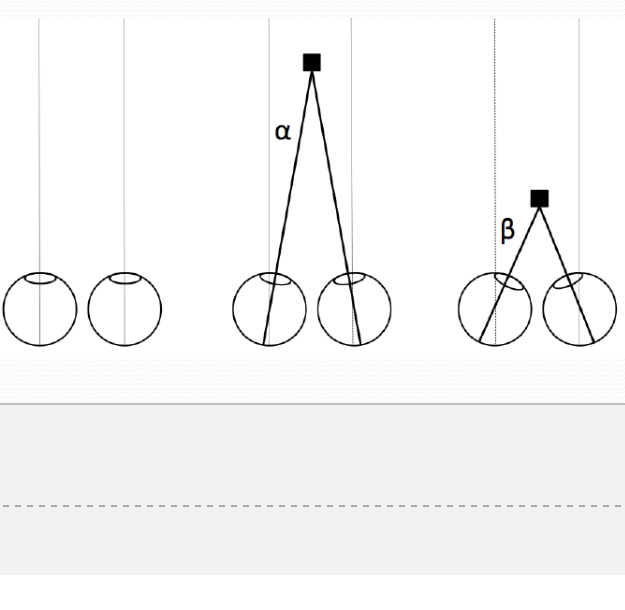
Feature detection theory
all objects are composed of distinct parts (features); object recognition requires decomposing it into its features
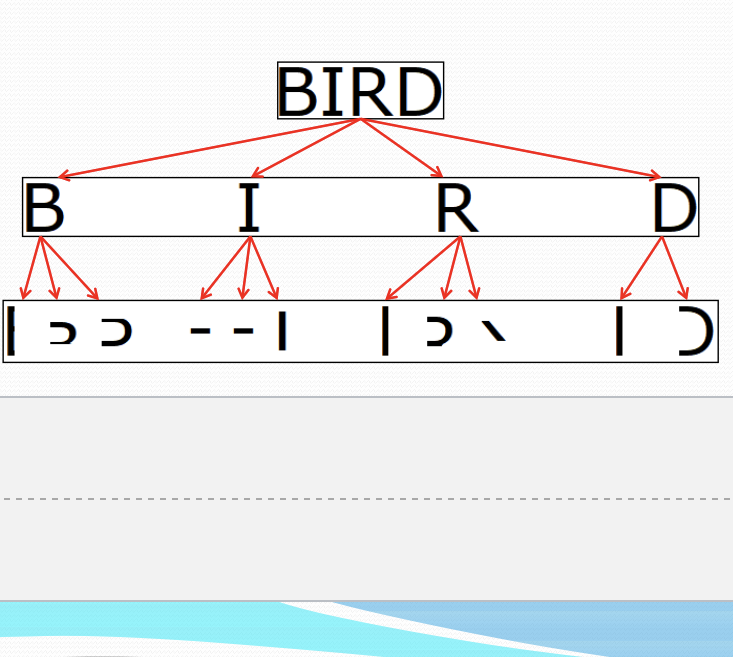
Geons
36 basic shapes describing the spatial relations of components in world
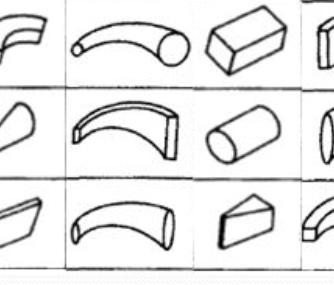
Gestalt psychology
in perception, the whole is more than the sum of its parts
Figure-ground principle
observers separate objects between foreground and background

Similarity principle
observers tend to group like objects together
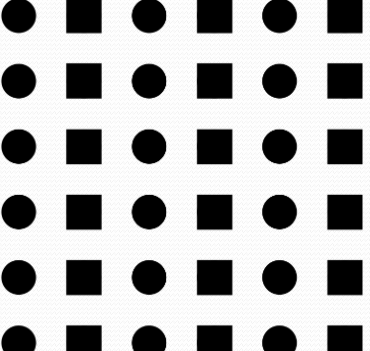
Proximity principle
observers tend to group objects that are close together
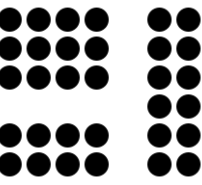
Common region principle
observers tend to group objects that are enclosed in the same space
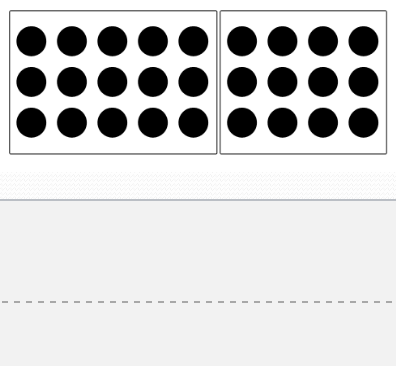
Good continuation principle
observers tend to perceive contours and lines as continuous instead of favoring angles or joints
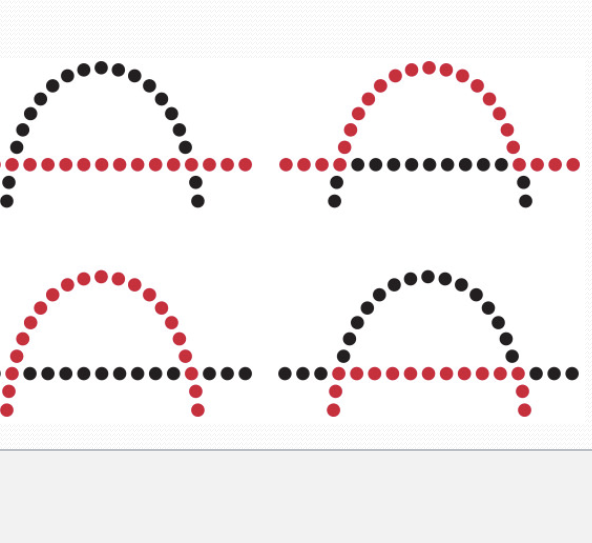
Closure principle
observers tend to look for a discernible pattern, and if necessary the mind will fill the gaps
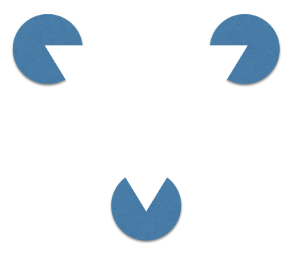
Global precedence effect
participants seemed to apprehend global form faster than the local objects

Marr's low-and high-level vision
HLV: observer constructs collective perception of an image or scene based upon its various components in integration and relation; feature detection, structural, template matching
LLV: extracting immediate information from light on the retina, e.g. dges, motion, depth
Steven's Power Law
draws a relationship between perceived stimulus intensity (I) and objective stimulus magnitude I, “v(I) = kla”
Structural theory
takes both features and their interrelations into account, those relations are primarily spatial
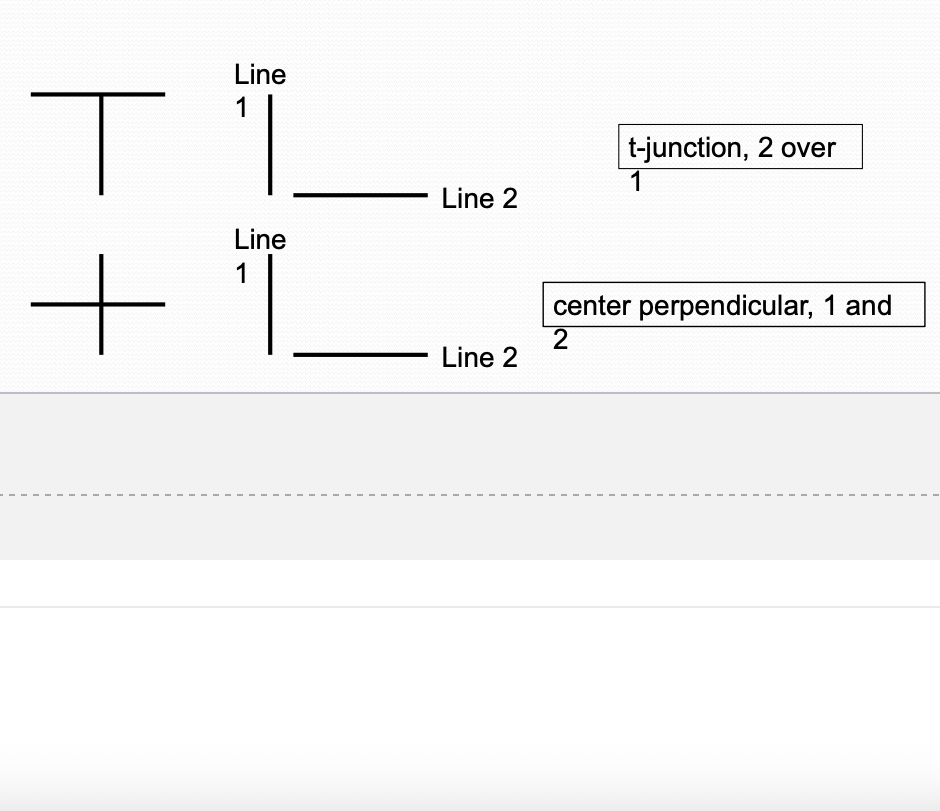
Template matching theory
objects recognized in environment by comparisons to templates stored in memory, e.g. test instance is compared against both “J” and “T”. Which wins?
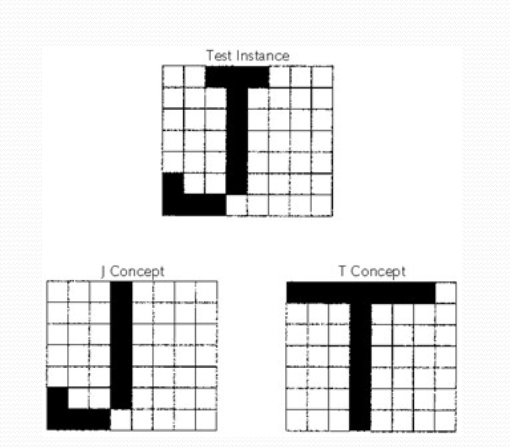
Weber's Law
(JND) proportional to og intensity ‘I’, degree of that proportion is a constant ‘k’ ΔI/I = k
Shepard's universal law of generalization
subjective similarity of stimuli P and N inversely related to distance between P and N in psychological space, the model predicts people will judge two objects at a similarity value of “2” as being more similar than two objects at “1”, does not generalize across contexts
Tversky's contrast model
similarity judgments based upon number of common features and number of uncommon features, does not account for context
